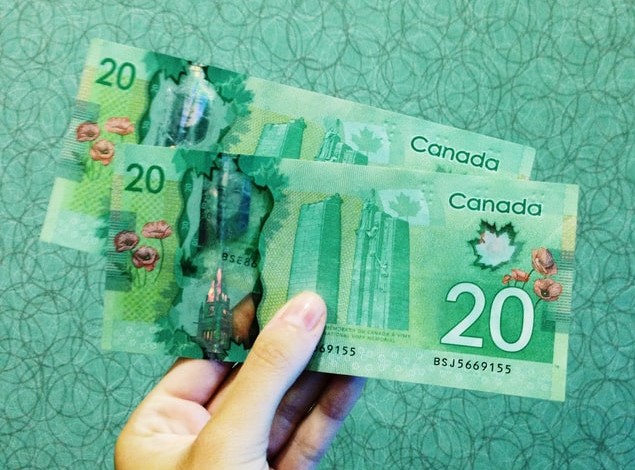 Photo by on
Photo by on
USD/CAD trades in the 1.4080s on Tuesday, after rising three quarters of a percent on the day. The exchange rate has popped its head above the top of a multi-year range and looks poised to go higher. The pair has pulled back from a peak of 1.4178 reached during Tuesday’s Asian session after the Canadian Dollar (CAD) rapidly depreciated against the US Dollar (USD) following comments from President-elect Donald Trump, that he would impose tariffs of 25% on Canadian (and Mexican) imports. Such a move would likely reduce demand for Canadian imports – and aggregate demand for the CAD to purchase them. Trump also threatened to impose an extra 10% on Chinese imports, on top of the 60% he threatened to add on the campaign trail.“On January 20th, as one of my many first Executive Orders, I will sign all necessary documents to charge Mexico and Canada a 25% Tariff on ALL products coming into the United States, and its ridiculous Open Borders,” wrote Trump on social media website Truth Social, adding, “This Tariff will remain in effect until such time as Drugs, in particular Fentanyl, and all Illegal Aliens stop this Invasion of our Country!” The Canadian Deputy Prime Minister, Chrystia Freeland, responded to Trump’s comments by saying that Canada places “the highest priority on border security and the integrity of its shared border with the US,” according to The Guardian. The US relies on Canada for 52% of its Crude , the US Energy Information Bureau (EIA), raising doubts about the practicality and potentially negative political impact of Trump’s tariff threat. This is even more the case given the importance of the price of petrol in the US to the American electorate. Another major export of Canada to its neighbor are Canadian-manufactured trucks and cars but these use a high percentage of components made in the US.The rose across the board after Trump delivered his tirade as markets calculated the implications of increasing tariffs on foreign imports. Such a move would lead to higher shop prices and inflation in the US. This, in turn, would lead the US Federal Reserve (Fed) to keep interest elevated, which would be positive for the USD as it would attract higher foreign capital inflows. Yet, market-based projections for US interest rates have changed little. According to the CME FedWatch tool they are still calculating the probabilities of the Fed cutting interest rates by 0.25% in December at about 60%, along with a 40% chance of no-change. This may limit upside potential for USD/CAD.Gains for the pair could also hit a ceiling if the Canadian Dollar starts to recover again. The CAD had limited its losses and was consolidating against USD up until Trump’s tariff attack after market bets fell that the Bank of Canada (BoC) would continue with its aggressive easing cycle. The BoC cut interest rates by a double-dose 50 basis points (bps) (0.50%) at its meeting in October amid rapidly falling inflation and moribund growth. At first markets expected the BoC to follow this up with another 50 bps cut in December, however, a recent surprise uptick in inflation to 2.0% in October (from a three-year low of 1.6% in September) and stronger-than-expected preliminary Purchasing Manager Index (PMI) data for November has changed the . Now the BoC is more likely to make a standard 25 bps (0.25%) instead, as it starts to see growth pick up. This in turn could support CAD, curtailing USD/CAD gains. More By This Author:EUR/JPY Price Prediction: Down-trend In Play, Lower Lows Expected Gold Price Stalls Intraday Recovery From $2,600 Amid Rising US Bond Yields Japanese Yen Remains On The Front Foot Against USD; Upside Potential Seems Limited

